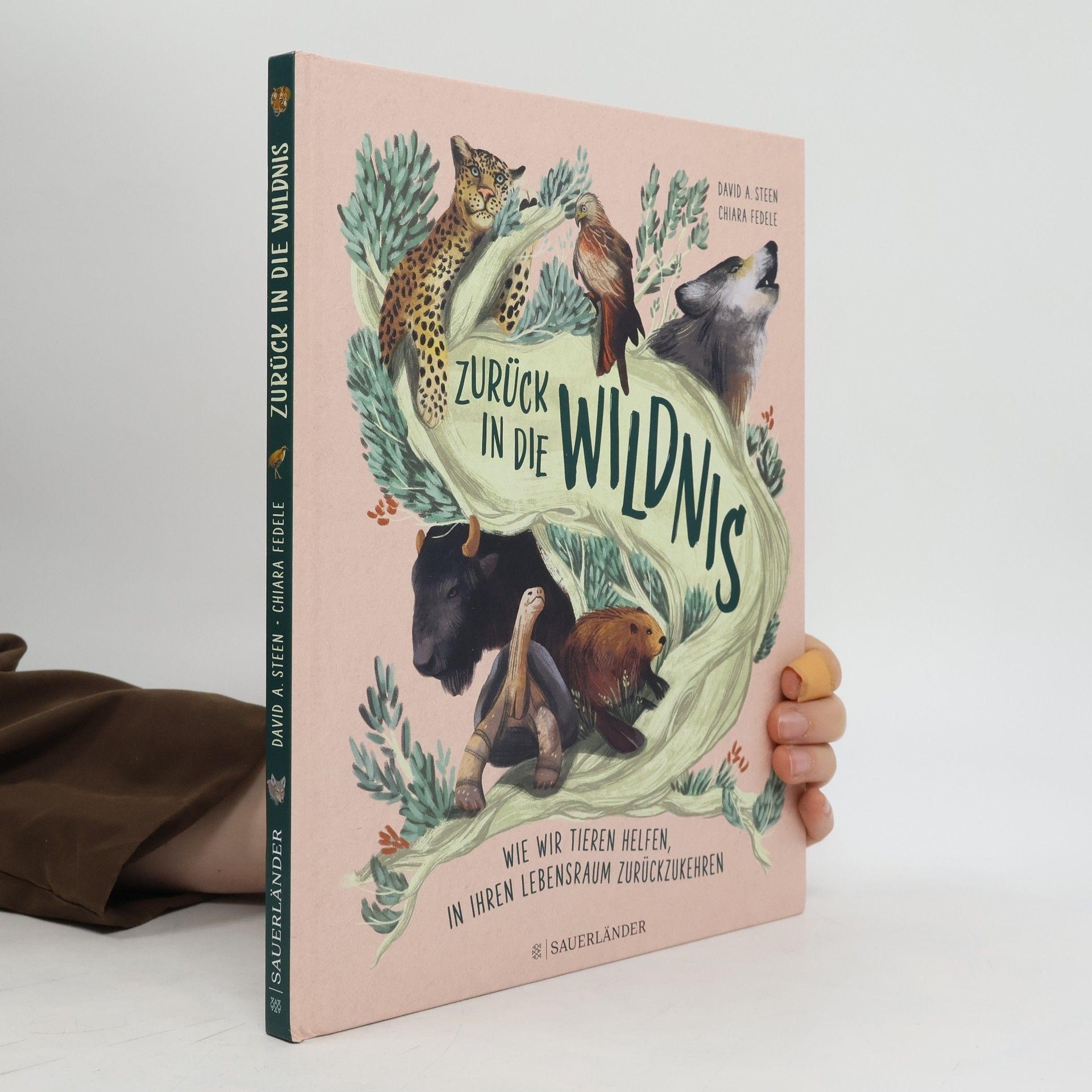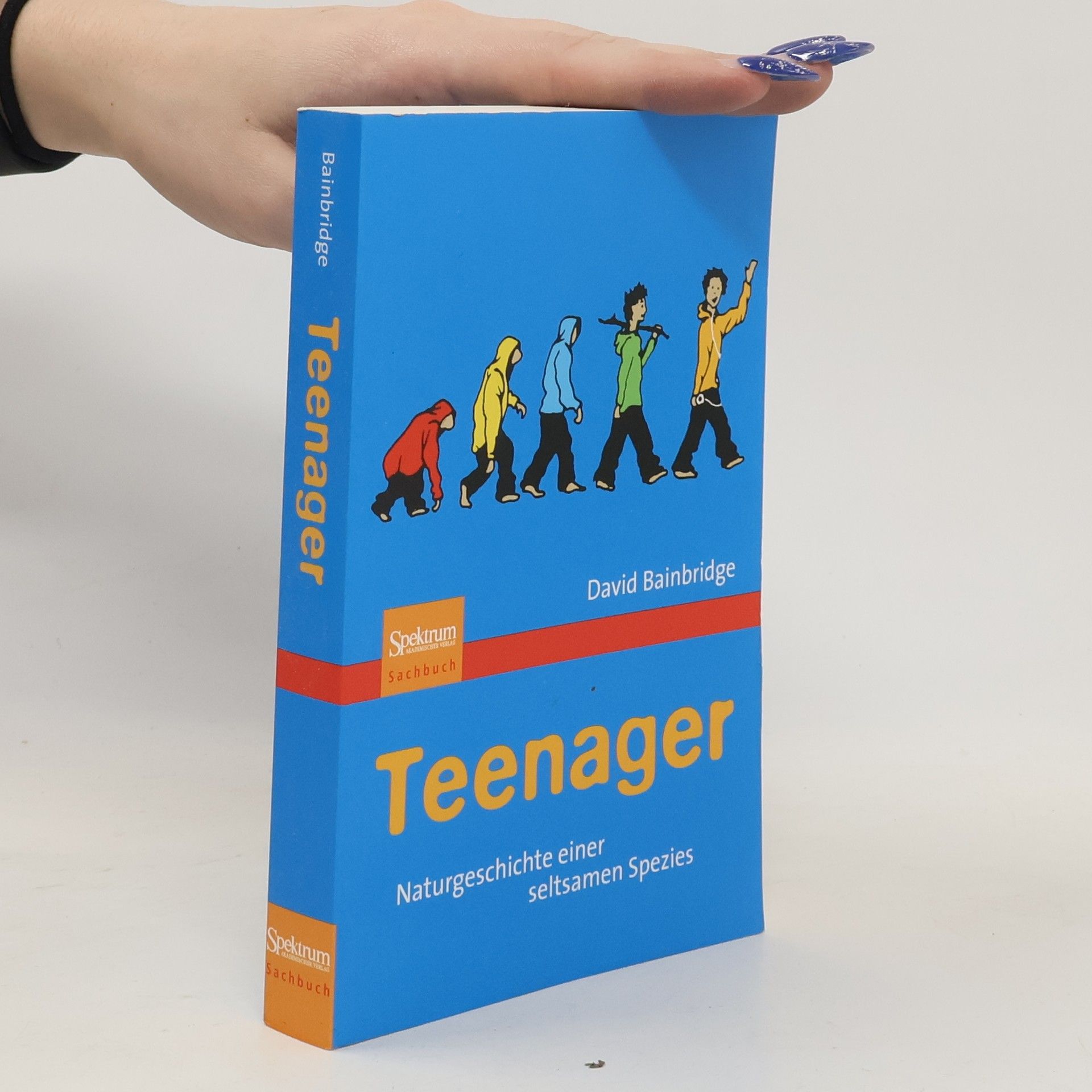Teenager
Naturgeschichte einer seltsamen Spezies






Naturgeschichte einer seltsamen Spezies
Wie wir Tieren helfen, in ihren natürlichen Lebensraum zurückzukehren | Erzählendes Sachbuch ab 8 Jahren über die Rettung von wilden Tieren │ Ein Muss für alle, die Tiere lieben
Eine illustrierte Geschichte der Zoologie
Eine reich bebilderte, spannende Wissenschaftsgeschichte der Zoologie. Seit Jahrhunderten ordnen Zoologen die Tierwelt und erschufen dabei Zeichnungen und Kunstwerke von außerordentlicher Schönheit. Für naturgeschichtlich und kunsthistorisch Interessierte. Schon lange vor Darwin waren unsere Vorfahren von den Ähnlichkeiten und Unterschieden in der Tierwelt fasziniert. Sie ahnten sehr früh, dass es eine bestimmte Ordnung in all dem Leben um uns herum geben müsse. Daraus entstanden die verschiedensten Systeme, Tiere zu kategorisieren, um diese Ordnung abzubilden. Dieses Buch erzählt und visualisiert die faszinierende Geschichte dieser Versuche, Tiere zu «ordnen»: von Aristoteles’ Klassifikation anhand des tierischen Verhaltens bis hin zur modernen Molekulargenetik. Die wunderbaren zoologischen Diagramme aus verschiedensten Epochen spiegeln die vorherrschenden künstlerischen Trends und wissenschaftlichen Entdeckungen wider und erzählen uns genauso viel über uns selbst wie über die abgebildeten Tierarten.
Doch was verändert sich überhaupt in dieser Lebensphase im Gehirn, in den Beziehungen und Körpern der Middle-Ager? Warum verrinnt die Lebenszeit schneller, je älter wir werden? Werden Menschen im mittleren Alter wirklich konservativer und unflexibler? Ist die sogenannte Midlife-Crisis wirklich der Grund, warum sich Männer – wie der Autor – rasante Sportflitzer kaufen? Und welche Vorzüge hat der Prozess des Alterns für die Menschen? Bainbridge findet verblüffende Antworten auf diese und viele andere Fragen: Ein erfrischend neuer Blick auf unsere besten Jahre im Leben. »Endlich können wir Middle-Ager‹ uns darauf konzentrieren, richtig gut darin zu werden, was den Menschen ausmacht.«
Rewilding means returning animals or plants to places where they used to live. This book, kids will find out about awe-inspiring rewilding projects, including the wolves that returned to Yellowstone National Park and dramatically improved the ecosystem, and the beavers reintroduced to their old territories to build dams to stop them flooding. In these heartwarming true stories children will learn how different species evolved to live side by side, and will see what it takes to be a conservation scientist. They might even be inspired to become a wildlife activist themselves! By the end of the book they will be life with a key message: it's not too late to fix the planet
An illustrated look at the art and science of paleontology from its origins to todayHumans have been stumbling upon the petrified remains of ancient animals since prehistoric times, leading to tales of giant dogs, deadly dragons, tree gods, sea serpents, and all manner of strange and marvelous creatures. In this richly illustrated book, David Bainbridge recounts how legends like these gradually gave rise to the modern science of paleontology, and how this pioneering discipline has reshaped our view of the natural world.Bainbridge takes readers from ancient Greece to the eighteenth century, when paleontology began to coalesce into the scientific field we know today, and discusses how contemporary paleontologists use cutting-edge technologies to flesh out the discoveries of past and present. He brings to life the stories and people behind some of the greatest fossil finds of all time, and explains how paleontology has long straddled the spheres of science and art. Bainbridge also looks to the future of the discipline, discussing how the rapid recovery of DNA and other genetic material from the fossil record promises to revolutionize our understanding of the origins and evolution of ancient life.This panoramic book brings together stunning illustrations ranging from early sketches and engravings to eye-popping paleoart and high-tech computer reconstructions.
This guide to West Africa has sections capturing the region's vibrant arts and people, an introduction to the sounds and rhythms of West Africa's music, and a guide to the region's main languages.
Discover how categorisation has shaped our view of the natural world with How Zoologists Organize Things. The book unveils wild truths and even wilder myths about animals, as perpetuated by zoologists - revealing how much more there is to learn, and unlearn.
A house made out of straw? Yes! Whether you build an entire house or something more modest--a home office or studio, a retreat cabin or guest cottage--plastered straw bale construction is an exceptionally durable and inexpensive option. What's more, it's fun, because the technique is easy to learn and easy to do yourself. And the resulting living spaces are unusually quiet and comfortable